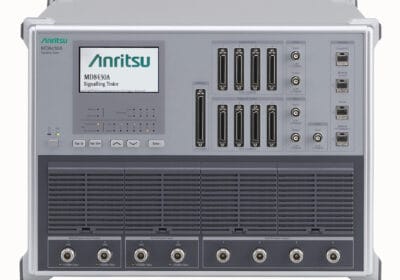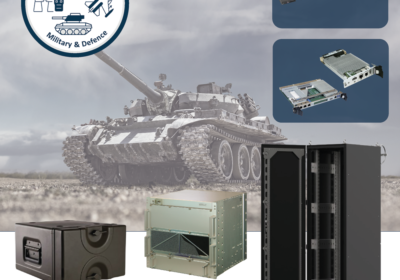~ Smart sensors hold the key to energy-efficient manufacturing ~
While COP27 reaffirmed the urgency of the climate crisis, concerns are rising around whether meeting global targets is feasible. But as world leaders debate whether enough is being done, there are many sustainable actions that can be taken at a manufacturing level. Here, Richard Mount, Director of Sales at ASIC design and supply company Swindon Silicon Systems, describes how one of the most environmentally troublesome industries, manufacturing, can make its operations more efficient.
The gap between most countries’ actual commitments to limiting global warming to 1.5 degrees Celsius and the emissions currently being produced show the degree to which this target has become impossible. In the words of COP26 president, Alok Sharma, speaking at COP27: the goal itself is “on life support”.
Emissions in manufacturing have long been documented. According to the World Economic Forum, manufacturing produces 20 per cent of all carbon emissions globally and consumes over half of the world’s energy sources. Manufacturers must develop methods to reduce their impact now.
Measuring data
A phrase coined by management consultant Peter Drucker rings particularly true in this case: what gets measured gets improved. Every manufacturing facility, no matter its size, complexity or age, generates a significant amount of data. Creating actions from that data, generated by hundreds of operations on the shop floor, to systems and potentially across multiple sites, remains a challenge.
The key first step is to gather data from the environment — whether this be energy consumption, temperature, position, pressure or proximity. Each of these values provides crucial information that could help manufacturers understand how their equipment functioning, whether there is anything that’s going wrong, and if valuable resources are being wasted.
It’s important to understand why we want to collect this data and how it helps processes to become energy efficient. Firstly, collecting this data allows manufacturers to identify minute changes in output size, quality or speed. The sooner changes are noticed, the sooner the machine that’s operating inefficiently can be repaired, avoiding wasted energy. For example, by reducing the energy intensity of each process, a manufacturing facility is able to reduce its energy requirements, making its operations more sustainable and eliminating any unnecessary use of fossil fuelled derived electricity.

By collecting and analysing data on energy usage, improvements can be identified and actioned on an individual machine level. Making minute changes helps streamline individual machine efficiency, which can accumulate to a large overall energy saving.
Translating the real world to digital
A McKinsey report reveals that, while managerial and process changes help increase energy efficiency by between ten and 20 per cent, technological or digital changes can increase efficiency by 50 per cent. So for manufacturers looking to make their operations more energy efficient, it’s digital changes that hold the most value. A key technology is smart sensors.
Smart sensors take analogue input from the physical environment — be it temperature, proximity, or pressure for example — and use integrated technology to condition this data for use in a digital system. Smart sensors therefore enable accurate, automated data collection, analysis and transmission and are a crucial element in the Industrial Internet of Things (IIoT).
This integrated technology takes the form of an integrated circuit (IC). While standard, off-the-shelf ICs are available, to optimise the smart sensor to a manufacturer’s unique requirements, this all-important function is delivered through application specific ICs, or ASICs.
Designed to meet the exact performance specification, ASICs provide competitive technical and commercial advantages for manufacturers. By integrating as much of the circuitry as possible and, an ASIC provides a lower the bill of materials (BoM) and ease of manufacture.
ASICs are designed with non-obsolescence in mind, and by working with a trusted ASIC design partner, such as Swindon, manufacturers are usually guaranteed their design will be available until their product is discontinued. By performing the signal conversion, conditioning and transmission in the most optimal way, ASICs directly influence the acquisition of the data that’s essential to making facility operations more energy efficient.
There’s a long way to go to ensure global climate targets are met, and their feasibility hangs in the balance. But by making small differences to individual processes through data-backed insights through the use of ASICs manufacturers can shift their impact and reduce their contribution to the emissions threatening the planet’s future.








